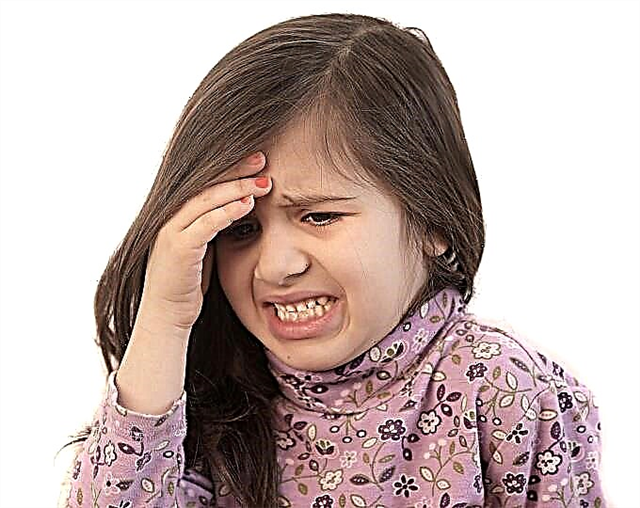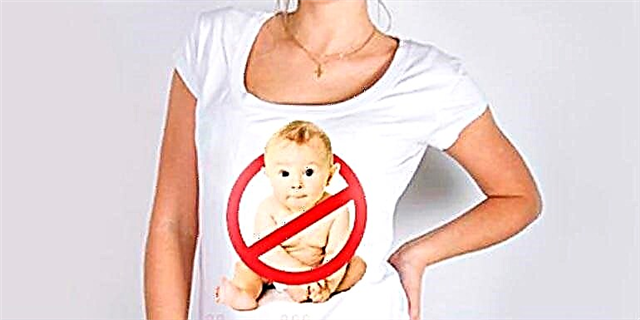
To effectively get rid of a child's runny nose, it is not necessary to use expensive drops, which have many side effects. In the treatment of rhinitis in childhood, the familiar to all has proven itself well saline... This product attracts attention with its safety and effective impact.

What is it?
Physiological is a solution of sodium chloride in distilled water with a concentration of 0.9%. Most often it is used for intravenous infusions for dehydration, as well as for the administration of various medications. Saline is also in demand for inhalation and rinsing, so it is available in the form of nasal drops and sprays. These preparations may contain sea salt. These include drops No-salt, Otrivin Baby, Aquamaris, Aqualor, Salin and others.

Operating principle
The saline used for the common cold moisturizes the nasal mucosa, and sodium chloride, which settles in the nasopharynx, will:
- Help the passage of dried mucus.
- Relieve inflammation.
- Destroy bacteria.
Indications
Saline effectively treats a common cold caused by:
- ARVI.
- Increased adenoids.
- Allergic reaction.
- Sinusitis.
- Exposure to dry air.

Contraindications
The use of saline solution for a cold is not recommended if the child:
- There is pus in the discharge from the nose.
- Otitis media developed.
- There is a tendency to nosebleeds.
- The body temperature is increased.
- The water-salt balance is disturbed.
- There are heart diseases.
Home cooking
To make a saline solution with your own hands, you need to observe the proportions - 9 g (one teaspoon) table salt per 1 liter of boiled or non-carbonated mineral water. Mix the ingredients in a glass container that must be washed thoroughly.

Instead of ordinary salt, you can use iodized or sea salt, or add a drop of iodine to the solution prepared from table salt. It is preferable to warm the water a little, as this will accelerate the dissolution of salt and is more pleasant to use.
You can store such a solution no longer than a day in a refrigerator (it is heated before use). If the product has not been used up, it is poured out and a fresh solution is prepared for the child.
Application
Instillation in the nose
This use of saline is acceptable at any age, even in infants. 3-4 drops of solution are instilled into each nostril. The optimal frequency of use is called 3-4 times a day, but if necessary, it can be increased

Inhalation
Such saline treatments are effective for both rhinitis treatment and prevention. such a disease. For their implementation, a nebulizer is used, into which it is best to fill in a sterile pharmaceutical saline solution.
The amount of solution used depends on the age of the baby. For small children, 3-4 ml is enough, and for schoolchildren, the dosage can be increased. The procedure is carried out 1-3 times a day, and its duration is from one to five minutes. The baby should inhale saline calmly, and within 1 hour after inhalation, you cannot feed the baby and walk with him.
The famous pediatrician E. Komarovsky expressed his opinion about inhalations:
Washing
For such washes, a syringe or syringe is used. The child's head is tilted to the side so that the physiological solution poured into one nostril pours out from the second nasal passage. After the procedure, the child should be warm for at least half an hour.
It is permissible to rinse the nose with a large volume of saline only at the age of over 4 years, since in small children, liquid with such rinsing can enter the lower respiratory tract or provoke the development of otitis media.
Features of use in newborns and infants
- A pediatrician should be consulted before using saline in infants under one year old.
- In infancy, it is forbidden to carry out inhalations and rinsing. The only permitted use of saline solution for a cold in infants is nasal instillation.
- No more than two drops of saline are injected into each nasal passage... The frequency of instillation is from 2 to 6 times a day.
- You should not drip saline to the baby if a lot of liquid mucus is released from his nose. The procedure is justified only when snot thickens and crusts appear.
- Because of the possible risk of solution entering the auditory tube or lower respiratory tract, it is often advised to replace the instillation of saline with more accessible and safer methods of mucous membrane moistening. These include drinking plenty of fluids, as well as normalizing humidity and temperature in the children's room.
- The use of saline solution is not recommended for physiological rhinitis, appearing in infants in the first months of life.
- If you purchased a pharmacy version of the saline solution in the form of a spray, you should remove the lid from it, take the drug with a pipette, and then instill it into the nose.

Reviews
Saline is like the parents of their safety, no side effects and addiction. Almost everyone who instilled a salt solution in a child with a runny nose notes that the remedy improves the child's condition, helps to quickly get rid of the symptoms of a runny nose and make breathing easier.



